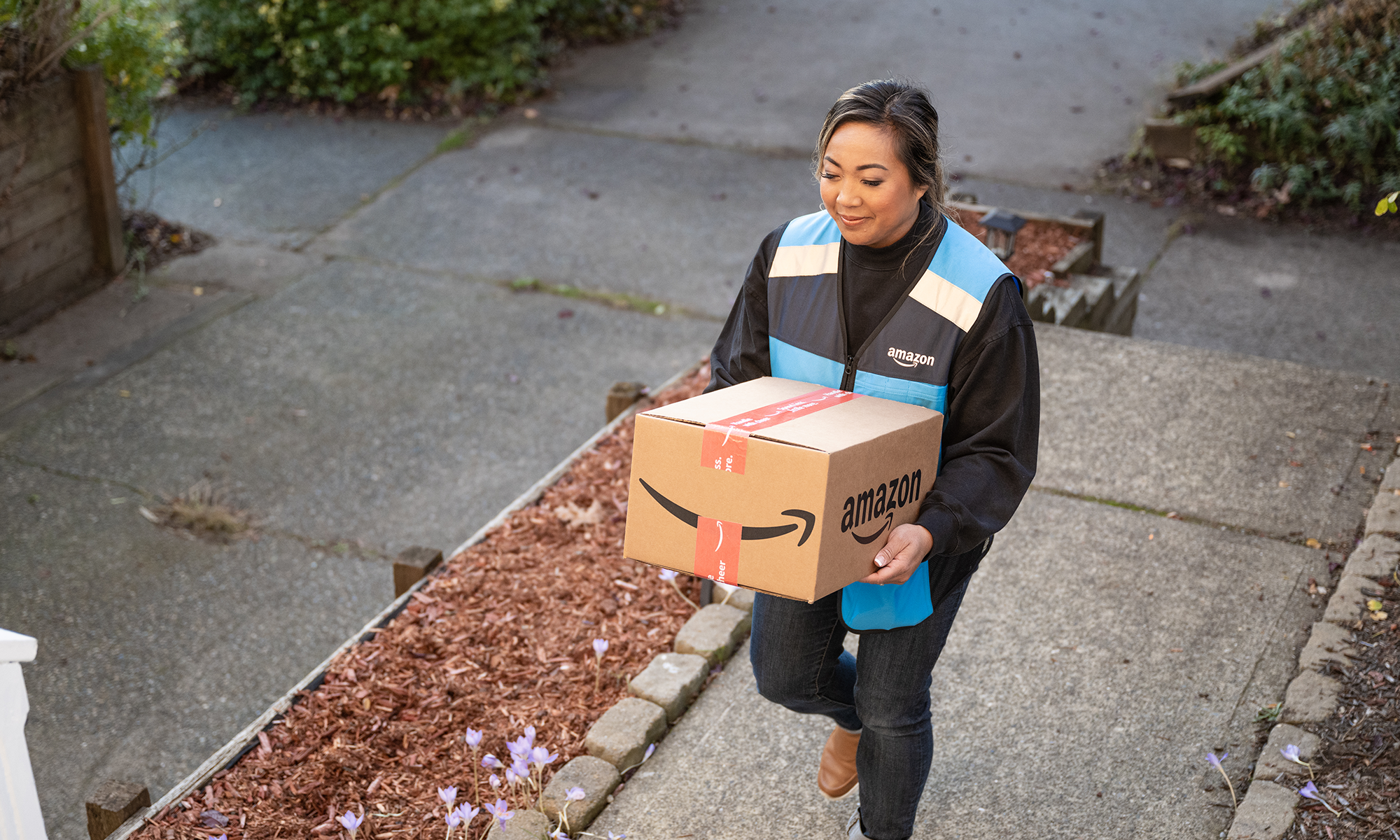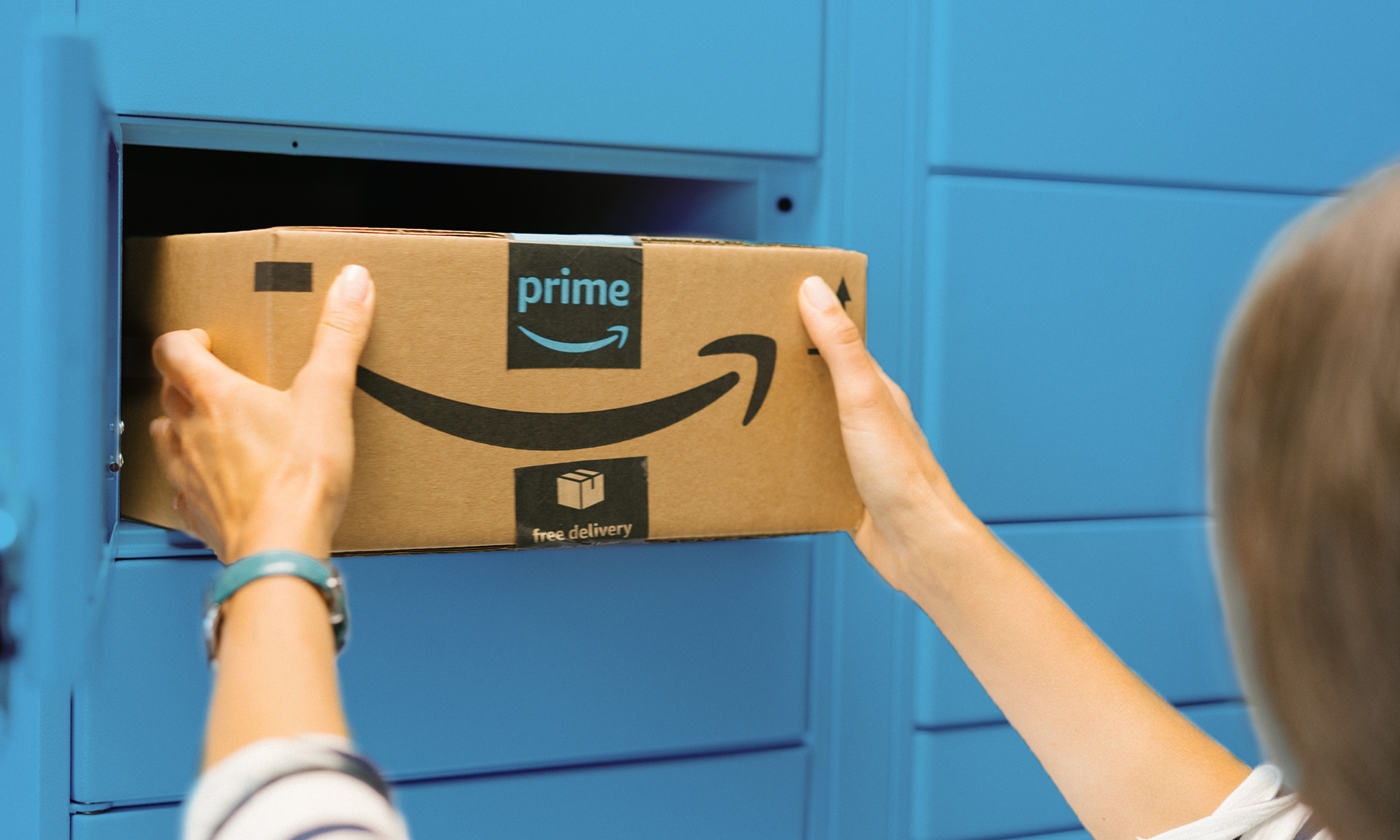Lest there be any doubt, Amazon (AMZN 0.30%) is known the world over for its gargantuan digital retail platform. Sure, other more lucrative segments -- like its cloud infrastructure business -- make up the bulk of the headlines, but it was the company's online sales segment that put Amazon on the map.
That's not to say investors ignore the company's e-commerce platform. When Amazon's sales slumped last year in the wake of tough pandemic-era comps and in response to challenging macroeconomic headwinds, the stock lost half its value.
Yet as quick as investors are to make note of Amazon's perceived shortcomings, many seem willing to ignore a significant advantage the company has -- and it's hiding in plain sight.

Image source: Amazon.
A Prime example
It's well documented that Amazon's Prime customer loyalty service is among the company's crown jewels. The company offers free overnight and second-day shipping on a broad cross-section of the products on its site, but that's just the beginning.
Subscribers gain access to streaming movies and television shows via Amazon Prime Video, more than 100 million songs via Amazon Music, video games via Prime Gaming, discounts at the company's Whole Foods Market grocery store, and digital books via Prime Reading. Customers get all this and more included with the cost of subscription, which runs $139 per year, or $14.99 per month.
Subscribers are keen to get their money's worth, too, which is why Prime subscribers tend to lay out much more than nonmembers, according to estimates compiled by Consumer Intelligence Research Partners (CIRP). Figures released last year by CIRP estimate that Prime customers spend roughly $1,200 per year on average, double the $600 per year spent by nonmember customers.
That alone illustrates the value of Amazon's customer loyalty program -- but that's just the tip of the iceberg.

NASDAQ: AMZN
Key Data Points
Subscribe & Save
One of the more useful trappings of Amazon Prime is Subscribe & Save (S&S), the company's recurring shipments service. The program allows customers to opt for regularly scheduled deliveries of their most-used or favorite items at set intervals.
For example, my dog will go through a bag of kibble roughly every 30 days, so I have a delivery scheduled once per month. The bag shows up on the same day every month without me having to remember to order it or lug a 28-pound bag through the grocery store. In return, I save about 10% off the advertised price.
The program works best with repeat purchases, and the savings ranges from between 5% and 15%, depending on the item. Furthermore, Amazon offers a range of quantities and delivery schedules to fit the needs of virtually every customer.
Recent data suggests this program is a big incentive for Prime customers, making them even more lucrative. Prime members that use the S&S service spend roughly $2,050 per year on Amazon on average, compared to $900 per year for Prime members not using the service, according to CIRP.
Digging a little deeper, the average S&S customer spends about $500 annually on the program. This suggests that these most lucrative shoppers are already spending about 50% more on non-S&S orders then their Prime subscriber peers. If these figures are even close to accurate, this suggests a big opening for Amazon.
A massive untapped opportunity for Amazon
By offering generous discounts on its recurring delivery of items, Amazon has gradually built a sizable foundation of S&S shoppers, but the number pales in comparison to its Prime customer base. The data suggests that only 28% of U.S. Prime subscribers have an ongoing S&S order.
Amazon could conceivably promote its S&S service more heavily, increase the discounts, or even add more items to the list of those eligible for the program. This could act as a powerful device to attract more users to the S&S service, further leveraging Amazon's most lucrative shoppers.
This would be a win for Amazon and its investors.





